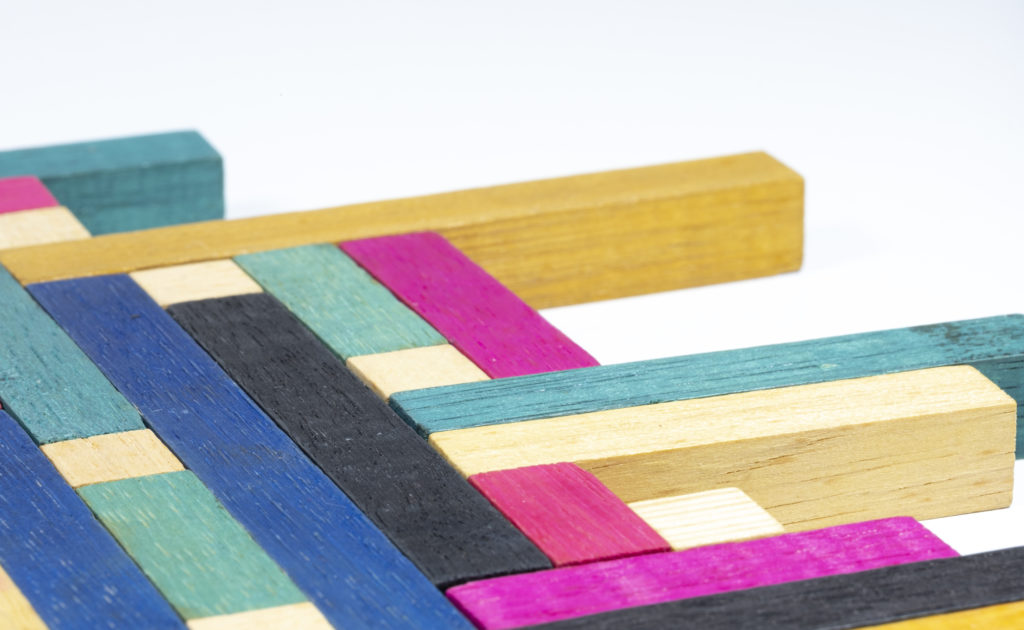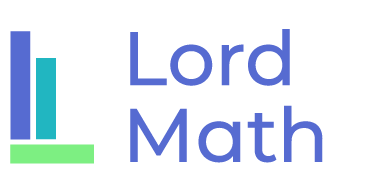Not all math manipulatives are created equal. Catalogs are full of colorful objects, enough to boggle the mind of even the most experienced teachers. So how do we make sense of them and know which ones to use?

- First, recognize that manipulatives are a tool, not an end in themselves. The goal is not to use Cluster Cards or Cuisenaire Rods; it is to develop a meaningful understanding of numbers and operations, which can then be internalized and generalized to other problems so that students do not remain dependent on the tool. Know your learning goal then choose your tool by what will help you most effectively and efficiently reach that goal.
- Second, know there are tools, and then there are power tools. This is where the “not all math manipulatives are created equal” part comes in. Imagine you have a tool box with the traditional hammer, screwdriver, etc. in it. Then someone comes along and gives you a nail gun and power drill. Which tool are you going to use? If you’re trying to build a house, are you going to keep individually pounding in each nail, or are you going to use the nail gun? This is my approach to introducing new manipulatives and really all instructional methods: generally I am not telling you to never use certain tools or methods; instead I am replacing it with something more effective. And in the end, most of us will want to use the most effective tools out there. I mean, I don’t know about you, but I do not have time to pound all those individual nails in.
- Third, it’s one thing to have an effective power tool; it’s another to know how to use it. In case you can’t tell already, I don’t know much about using actual power tools. Put one in my hands and I promise you nothing good will happen. But put it in the hands of a master craftsman… and voila, something beautiful can be made. As teachers and practitioners, we need to learn how to effectively use these power manipulatives. All I ask: don’t write them off because you do not yet know how to use them. I promise you, once you’ve seen power tools used effectively and creating learning in students within days that your old tools couldn’t accomplish in months… there is no going back.
Now that we’ve clarified that, let’s talk about my actual favorite manipulatives:
Cluster Cards
Developed by Mahesh Sharma, Visual Cluster Cards are a typical deck of cards, made unique by the fact that there are no numerals. Pips are arranged in various subitizing clusters, and many of the numbers have more than one arrangement. Cluster Cards can be effectively used for teaching number concept and decomposition/recomposition of numbers through 10, combining integers, and more. Great because they can also be used to play card games, such as Go Make 10 (like Go Fish), Number War (including Addition, Subtraction, and Multiplication Number War), etc.
Dot Icon Cards
Developed by Chris Woodin at the Landmark School in Beverly, MA, Dot Icon Cards use canonical arrangements (like dice) to build numbers 1-5, then use these arrangements to again build numbers 6-10. Each arrangement has a “shape”, which helps students visualize the pattern as a whole, rather than individual pieces. The consistent, structured approach facilitates learning for all students, but especially those with learning difficulties. Each dot icon for numbers 1-10 also corresponds with a way to draw the numeral over the dot arrangement, effectively connecting the symbolic and non-symbolic representations.
Cuisenaire Rods
Originally developed by Georges Cuisenaire in the 1950s and having been around for decades, Cuisenaire Rods help students build larger numbers and discover the relationships between quantities. While Cluster Cards and Dot Icon Cards provide an excellent basis for understanding smaller numbers, there is a point at which it is a lot of dots and your mind can’t effectively visualize them all at once. Cuisenaire Rods allow students to develop their understanding of number and generalize it from a set of discrete objects into a length model, where a rod of length 7 cm represents the quantity of 7. Cuisenaire Rods can be used to model addition, subtraction, multiplication, and division, as well as fractions and more.
Base Ten Blocks
Another popular and widely used manipulative is base 10 blocks, which allow students to see the relationships in our base ten place value system. Students start with one cubes and learn that 10 ones make a ten, 10 tens make a hundred, and 10 hundreds make a thousand. These blocks can also be used to learn exponents and progress geometrically from tens as 1-dimensional (10×1), hundreds as 2-dimensional (10×10), and thousands as 3-dimensional (10x10x10). One caveat: as students develop their understanding of numbers through 10, use Cuisenaire Rods in place of the ones. You will find it is so much quicker and promotes better number understanding. Then use the 10-rods for tens, and if you need more consider purchasing orange base ten 10-rods to match the Cuisenaire Rods. Then really all you need is the hundred squares and some thousand blocks.
Number Balance
Another amazing tool is a Number Balance (or Invicta Balance), which can be used to model concepts of equality from kindergarten all the way to middle school and beyond. As a former middle school teacher, I used a number balance to teach students how to solve multi-step equations and combine like terms. In eighth grade, we used it to model the underlying concepts for why “elimination” works as a method of solving systems of linear equations. At the elementary level, it can be used to balance problems like 6=?, 4+?=7, 5+3=?+6, 9+5=10+?, ?=3×7, 45/9=?, and more.
Algebra Tiles
And last but not least, for my middle and high school teacher friends – Algebra Tiles build on the modeling work done at the elementary level with Cuisenaire Rods and other manipulatives to model addition/subtraction as combining like terms, and multiplication/division as an area model. Algebra Tiles can be used to model and simplify expressions, solve multi-step equations, and even model quadratic equations. And since I taught up through 8th grade – this is about where I max out!

Hi, this is a comment.
To get started with moderating, editing, and deleting comments, please visit the Comments screen in the dashboard.
Commenter avatars come from Gravatar.